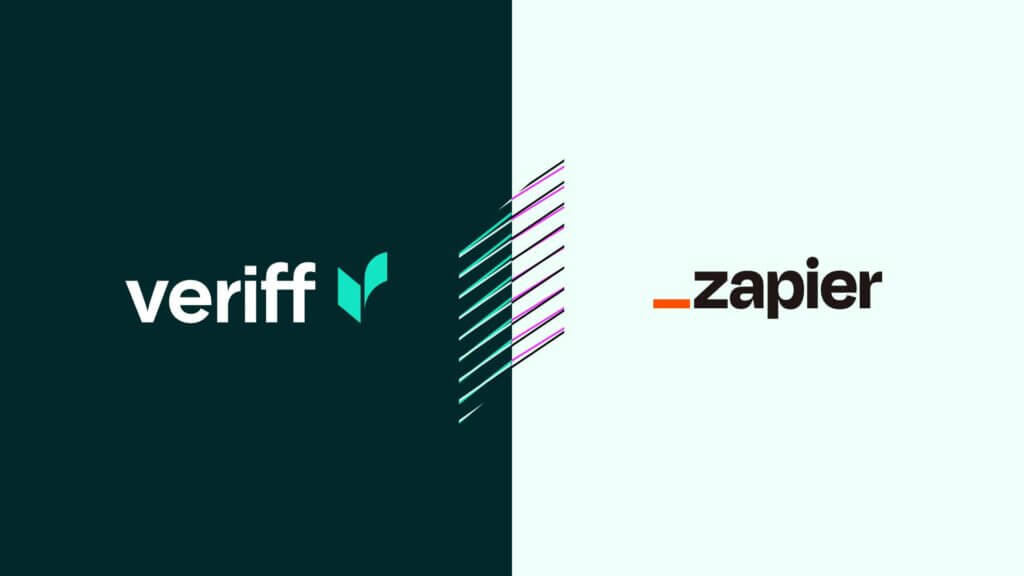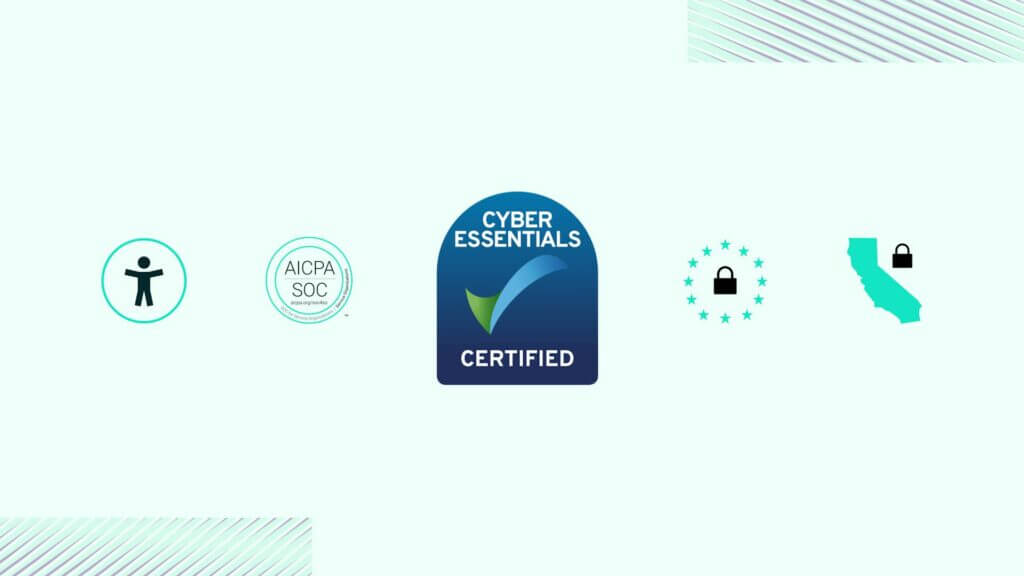Blog Post
How to prevent money laundering in banks
Money laundering is a prevalent risk for banks, with potential consequences including substantial legal penalties and reputational harm. Discover how banks can stay ahead of bad actors, achieve compliance, and reap the benefits of technological innovation.

Money laundering is a serious financial crime. This is because it’s a tactic that’s used by criminals in order to disguise the illegal origins of money.
Due to regulations like the Anti-Money Laundering Act, the onus is on banks and financial institutions to prevent money laundering and stop the proceeds of crime entering the financial system.
In this guide, we’ll explain exactly how to prevent money laundering in banks. We’ll also take a detailed look at the common money laundering tactics used by criminals and how banks can prevent money laundering.
What is money laundering and why is it dangerous?
Before we talk about how to prevent money laundering, we first need to provide a money laundering definition.
In essence, money laundering is the process of making the proceeds of a crime appear as though they’ve come from a legitimate source. It’s a tactic that’s popular with drug traffickers, illegal arms sellers, smugglers, and those that fund terrorism.
Money laundering is an essential process for a criminal organization that needs to use money that it obtained illegally. After all, dealing with large volumes of cash is both inefficient and dangerous. Due to this, criminals need to deposit the dirty money in legitimate financial institutions.
The money laundering process involves criminals and money launderers taking ‘dirty’ money and then ‘laundering’ it to make it look ‘clean’. For this to happen, money launderers use a wide variety of techniques, including structuring, trade-based laundering, and cyber laundering. Let’s look at each of these in greater detail.
Structuring
Structuring is one of the main forms of money laundering. To carry out structuring, a criminal will deliberately break large cash transactions into smaller deposits. Generally, these deposits will fall just below reporting thresholds.
In America, a bank must report a cash deposit of $10,000 or more. In order to evade this reporting requirement, a money launderer will split a large chunk of cash into multiple small deposits of around $9,000 each. These deposits will then be spread across many different accounts over several days.
Trade-based money laundering
Trade-based money laundering (TBML) exploits the vulnerabilities of cross-border trade and involves the importing and exporting of goods.
TBML takes advantage of the complexity of trade systems. It occurs most prominently in international contexts where the involvement of multiple parties and jurisdictions make anti-money laundering checks (AML) and customer due diligence (CDD) processes more difficult.
Trade-based money laundering red flags include either over-invoicing or under-invoicing, a misrepresentation of quality, over-shipment or under-shipment, or multiple invoicing.
Cyber laundering
With cyber laundering, criminals launder money using the internet. Account takeovers and payment fraud are common forms of cybercrime, and prominent cyber money laundering methods include:
- Identity theft
- Compromising business emails
- International wire transfer fraud
- Online lottery scams
How to prevent money laundering
As money laundering is a serious financial crime, banks and other financial institutions must take every possible step to prevent bad actors from exploiting their services. With this in mind, here’s how to prevent money laundering in banks:
Conduct risk based due diligence
Many international AML and KYC standards require banks to take a risk-based approach to customer due diligence.
With a risk-based due diligence program, customers that potentially pose a higher level of risk are subject to enhanced due diligence processes. In this system, different levels of money laundering due diligence are applied depending on the nature of the customer’s relationship with the bank and their risk profile.
Effectively train staff
In order to meet your regulatory requirements, you must adequately and effectively train your staff in anti-money laundering (AML) practices. By providing money laundering prevention training, you can not only meet regulatory standards, but you can also protect your firm.
At the most basic level, you need to make sure your employees are aware of the laws and know how to recognize and deal with transactions and other activities that may be related to money laundering.
Create a clear technology plan
Due to the number of transactions every bank processes each day, money laundering cannot be stopped entirely by members of staff who are operating manually. With this in mind, you will need to think about how technology can help support your staff members.
The right pieces of technology for you will depend on how your bank operates, but artificial intelligence, deep learning, distributed ledger technology, and natural language processing technologies can all help.
However, as well as deciding which pieces of technology will help protect your firm, you also need to create a plan that will help you manage and protect the technology you use.
Anti-money laundering software
One of the best ways your bank can stop bad actors in their tracks is with the help of anti-money laundering software.
What is it and how does it work?
Different types of anti-money laundering software are available to help banks. These pieces of software can help your organization monitor, investigate, and report financial transactions. They can also help you implement your AML program and ensure compliance with the Anti-Money Laundering Act.
The right type of AML software for you will depend on the needs of your business. While some banks use AML software for data management purposes, others use it to monitor and flag suspicious activities. The four most popular types of AML software are:
- Transaction monitoring systems
- Currency transaction reporting systems
- Customer identity management systems
- Compliance software
Book a consultation with Veriff
Here at Veriff, our AML and KYC compliance solution can help your business meet its AML obligations. To discover more about how our AML software is suitable for your bank, book a consultation with us today. We’d love to provide you with a personalized demo that shows exactly how our software can ensure compliance.
Alternatively, discover more about us and our mission today.














